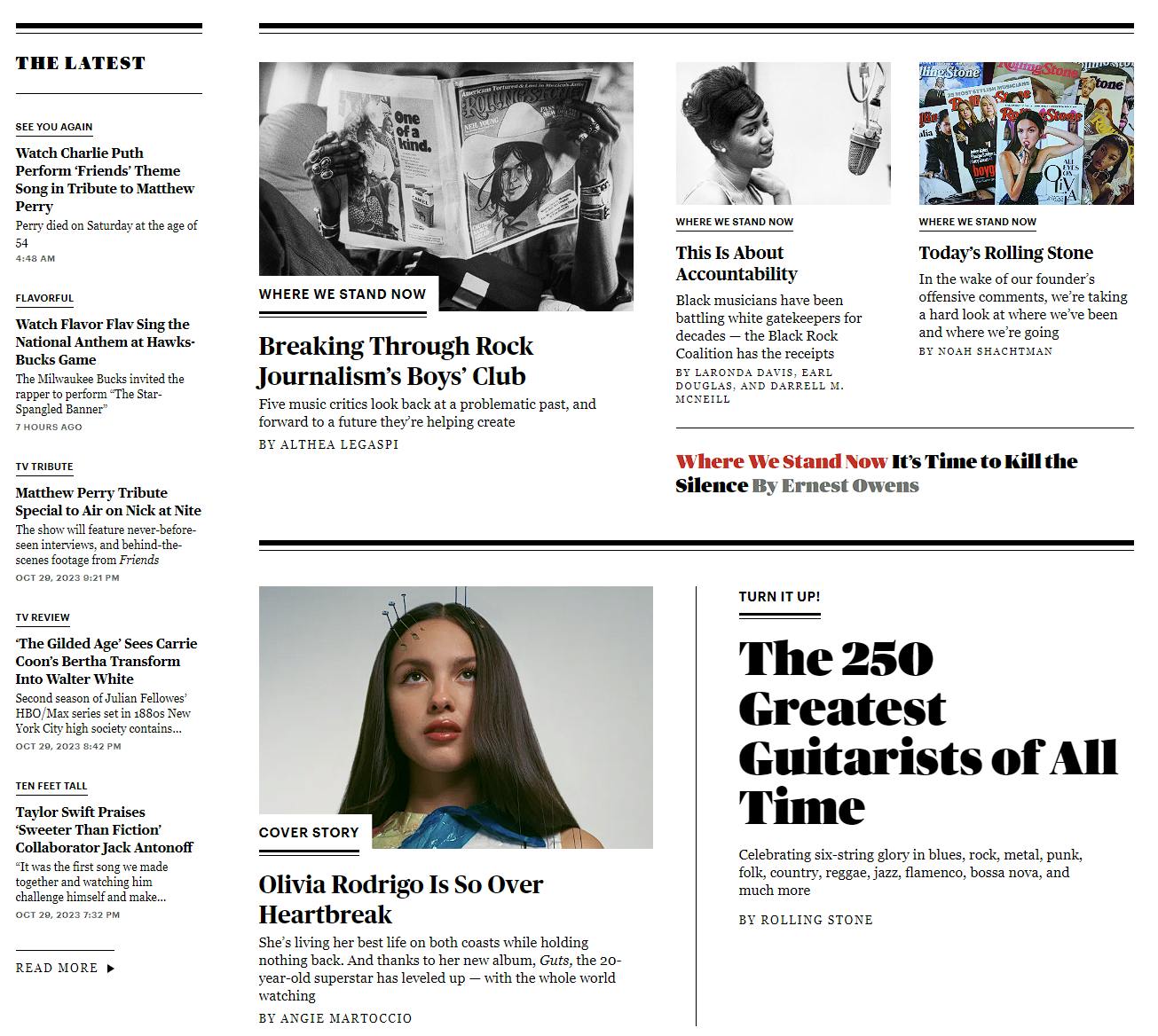Take a look at pretty much any B2B SaaS site and you’ll find an ancient, common content strategy effort in play: a company blog with articles addressing the niche the product serves, and posts describing how to use the product.
That playbook has worked for many companies thus far, but following that won't guide you toward crafting novel content in 2024 — especially when marketers are armed with AI tools to assist in producing large volumes of easily accessible content.
That’s why I recommend looking beyond your domain for inspiration while you plot your upcoming content efforts. B2B SaaS teams are typically directed to achieve specific business goals with limited resources, and that means a lot of them operate the same way.
This will help you get out of the rut of creating dull content. I like how freelance writer Kiran Shahid articulated this recently: “B2B reallyyy doesn't stand for Boring to Boring.”
How does that even work?
Study other entities that solely create content as their main product — such as magazines and YouTube channels — and you’ll see they experiment a whole lot, devise inventive content formats, and regularly change up the mix of content they publish.
That’s because the entire entity is dedicated to serving its audience as the primary customer. There’s no top, middle, and bottom-of-funnel segmentation to worry about, and they don’t have to dilute their content with messaging about a subject-adjacent product.*
This frees them up to to focus on keeping things fresh, engaging their audience, responding to trends, moving content production in their niche forward every year. And that means it’s worth observing how they operate, identifying what works, and stealing ideas* to use in your own content strategy.
\These outlets likely have multiple revenue streams including subscriptions to premium content, affiliate marketing deals, sponsored content, and merchandise. But they are auxiliary streams that don’t necessarily determine the editorial direction.*
Where to discover great content ideas
My favourite places to look for inventive content strategies are:
YouTube channels focusing on niches — like Donut Media for automotive enthusiasts.
While many automotive channels focus on news, reviews, and practical advice, Donut delivers entertaining, extensively researched videos on the history, present, and future of vehicles. This approach gives them a broad canvas to play with as they create unique pieces of content that most other outlets in this space simply can't compete with.
Just take a look at these different video formats they've worked on over the years:

I wrote up a case study on Donut Media a while ago that highlights what they're doing well.
Magazines and media outlets catering to niches like food, film, music, travel, design, and fashion — Bon Appetit, Apartment Therapy, Architectural Digest, and Revolver are worth exploring.
What to look out for
Let’s take the example of a music magazine like Rolling Stone, and look at the rough framework for any given issue. The prime focus is typically a single artist or band, particularly one with a new release or tour, aka something big and tangible to talk about in the cover story.
Next, there are long-form features dissecting local music scenes, up-and-coming genres, and so on. You’ll also find stories that look at the intersection of music (the core subject) and culture, technology, fashion, and politics.

The magazine will also feature album and live performance reviews, news about upcoming releases, profiles of artists making a splash, lists, and shorter pieces talking about things the audience will be interested in - musical instruments, apps, streaming content, headphones and speakers, and more.
All these ingredients are necessary to keep a monthly magazine interesting from cover to cover, and from month to month. This framework accommodates a wide range of content while keeping the ambit reasonably manageable.
At the same time, it’s cool for the publication to break tradition and cover topics at the periphery of its scope, such as the influence of Korean showbiz worldwide.
How do I steal these ideas and apply them to my content strategy?
By and large, this strategy works best with top-of-funnel content. That’s the space where you have the most room to experiment with content topics, and don’t have to draw your audience’s attention to a CTA right away. You’ll also be able to address a broader audience at this stage.
Here’s an example of how this might work: consider Gameranx, a popular gaming-focused channel on YouTube.

Gameranx has more than 7.6 million subscribers worldwide and has garnered more than 3.5 billion views over the past decade.
That's thanks to a vibrant mix of content, including:
News - game releases and updates, the industry, the technology, and gaming culture.
Game reviews - delivered promptly, and in a recognisable, familiar format.
Roundups - built around topics their audience cares about or will find interesting. These sound simple, but require a wealth of historical knowledge. Their expertise enables them to create this deep and unique content and sets them apart from their competitors.
Now that you've seen a few examples of compelling high-performing content, ask yourself a few questions about the content you produce for B2B brands:
What would my pieces of high-performing content look like?
Where can I find the research material for this content?
What would make this unique, hard to replicate, and valuable or interesting to my audience?
This is how you can come up with ideas for podcasts, article series, videos, interview series, and social media posts that don't feel sales-y from the word go.
Use these questions as a springboard to think out of the box about the content you'll create — and go beyond typical blog posts based on topics your competitors can cover easily.

